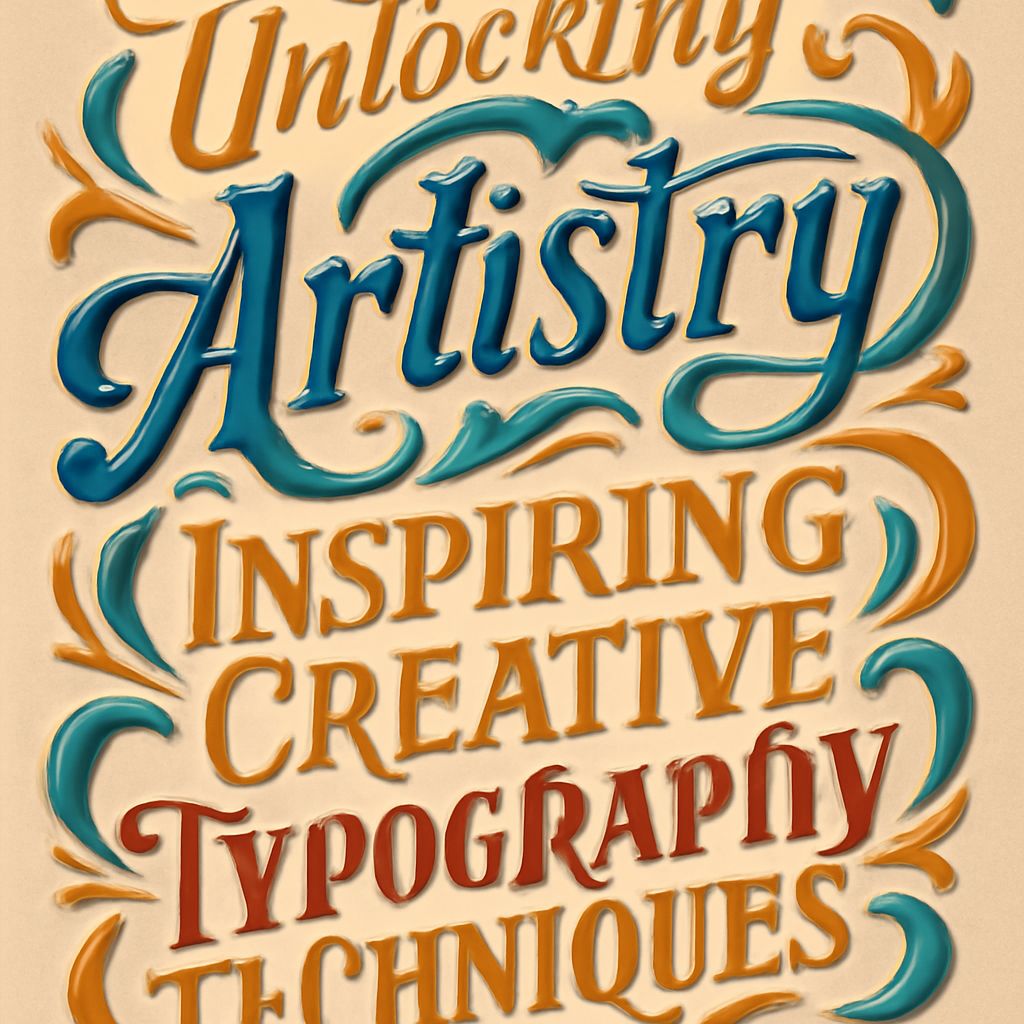Table of Contents
Introduction
Typography is a fundamental element of design that goes beyond mere text display—it is an art form that can profoundly impact a viewer's emotions and perceptions. This article explores creative typography techniques that can elevate your designs and inspire your artistic journey.
The Power of Typography
Typography involves more than selecting fonts; it is about crafting visual language. It communicates tone, evokes emotions, and enhances readability. Creative typography can transform plain text into an engaging experience that resonates with audiences.
Dynamic Typography Techniques
Experimenting with typography allows designers to unearth new possibilities. Here are some innovative techniques:
- Layering Text: Overlaying text on images or other text can create depth and interest. Use transparency to ensure readability.
- Kinetic Typography: Animate text to add motion, capturing attention and conveying information dynamically.
- 3D Typography: Utilize 3D rendering to create text with dimensionality. This technique is effective in both digital and print media.
Bespoke Typography
Creating custom typefaces or letterforms allows for a unique expression that aligns perfectly with a brand's identity. This personalized approach aids in standing out in a crowded visual landscape.
Combining Typography Styles
Mixing different typographic styles within a single piece can produce a compelling contrast. Careful selection ensures that styles complement rather than clash with each other.
| Technique | Description |
|---|---|
| Layering | Adding text layers to create visual depth |
| Kinetic | Animating typography for dynamic content |
| 3D Rendering | Using three-dimensional effects in text design |
| Bespoke Fonts | Custom-designed typefaces for branding |
| Mix Styles | Integrating different font styles creatively |
Effective Use of Space
Understanding negative space is critical in typography. Allow text to breathe and use space to focus attention on key elements. Subtle spacing adjustments can significantly change the design's impact.
FAQ
Why is typography important in design?
Typography is essential because it not only makes text legible but also sets the tone and mood of the design, enhancing overall communication efficacy.
How can typography influence user experience?
Thoughtful typography enhances readability, guides the eye, and creates a hierarchy, improving user navigation and experience.
What are some beginner-friendly typography tools?
Tools like Adobe Illustrator and Canva offer accessible options for experimenting with typography without an advanced skill set.
Can typography be both functional and artistic?
Yes, typography can serve a functional purpose while simultaneously being artistic, merging clarity with creativity to enhance message delivery.
What trends in typography should designers watch for?
Designers should watch for trends like bold fonts, variable typefaces, and eclectic mixing of vintage and modern styles to stay current.
Conclusion
The artistry of typography is integral to design success. By exploring and integrating creative techniques, designers can craft visually stunning and emotionally engaging graphics that leave a lasting impact. Whether through layering, animation, or custom fonts, typography provides a versatile canvas for artistic expression.

